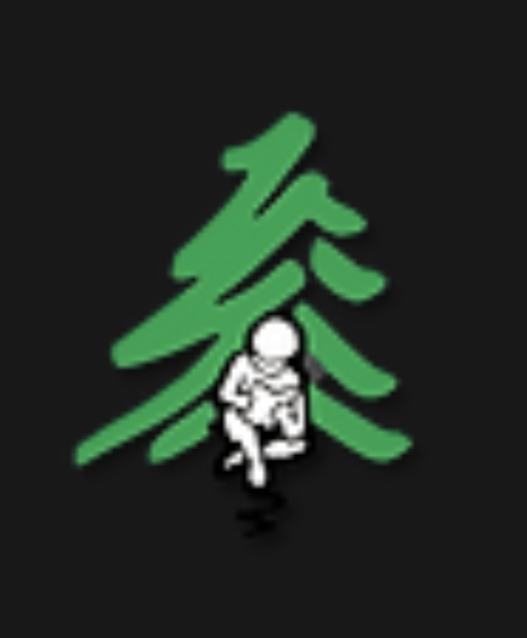Whoooo Helped This Snowy Owl?Watch the video. Read the blog.
- education1786

- Sep 26
- 4 min read
Snowy owls are magical birds. With their bright white feathers and golden eyes, they look like they flew straight out of a storybook. They usually live far up north where it’s cold, but sometimes they visit towns and cities when searching for food.
One day, a couple of seniors found a snowy owl that was in big trouble in a remote wooded area of British Columbia, very far away from any kind of animal hospital. The owl couldn’t fly, was sitting on a tree stump and looked very weak. They carefully wrapped the owl in a jacket and drove the bird to the nearest town to a wild animal care expert.
What was Wrong with this Snowy Owl?
At first, no one knew why the owl was so sick. It didn’t have broken bones, but it couldn’t stand properly or hunt for food. After checking carefully, the animal doctors discovered the sad truth: the snowy owl had eaten meat that was poisoned.
Poison is sometimes used to get rid of rats and mice. But when an owl eats a mouse that has eaten poison, the owl gets poisoned too. This is called secondary poisoning, and it’s very dangerous for owls, hawks, eagles, and even family pets.
Poison can make animals very weak, cause them to bleed inside, and stop their organs from working. Even with medicine, it is very hard to save a bird once the poison has spread through its body.
A Valiant Effort
The rescue team worked hard to help the snowy owl feel better. Despite their best efforts, the owl sadly passed away. Even though this story doesn’t have a happy ending, it teaches us something very important: the choices humans make affect wildlife.
What We Can Learn from this Snowy Owl Story and Video
Here are some kid-friendly lessons from the snowy owl’s story:
Owls help us. They eat lots of mice and rats, which keeps nature in balance.
Poisons hurt more than pests. When people use poison for rodents, it can also hurt owls, hawks, eagles, and even pets.
We can make better choices. Families can use safe traps, close up holes where mice come in, and keep food sealed so rodents don’t come inside.
Owls are very special in Indigenous culture. Watch the video to learn more.
How Kids Can Help
Even though you may not be the one setting traps, there are many ways you can help protect animals like the snowy owl:
Share what you know. Tell your friends and family that poison can hurt owls.
Help keep your yard clean. Picking up trash and sealing food helps keep rodents away without poison.
Support animal helpers. Wildlife rescue centers and bird hospitals depend on donations and volunteers. You can help by joining a fundraiser or even just spreading the word.
A Hopeful Message
The snowy owl’s story is sad, but it doesn’t have to happen again. If more people learn to use safe, animal-friendly ways to deal with pests, we can keep owls soaring in the sky where they belong. Every time we make kind choices for nature, we help write a better ending for the next snowy owl, hawk, or eagle that might be soaring above us in search of food.
For Teachers and Homeschool Parents: Question & Answer sheet for grade 5s
Based on the snowy owl rescue video and the blog, here's a simple assignment to try with your students or children after they watch the video and read the blog.
🦉 Snowy Owl Rescue – Q&A Sheet for Grade 5
Questions
What kind of bird was rescued in the video?
Why was the snowy owl sick?
What is “secondary poisoning”?
Did the snowy owl survive? Why or why not?
How do owls help people and nature?
What are some safe ways to deal with mice and rats instead of using poison?
If you see a hurt wild animal, what should you do?
What can kids do to help protect owls and other wild animals?
Why might rescuers use blankets or boxes when helping birds?
What is the most important lesson you learned from the snowy owl’s story?
Answers
A snowy owl.
The owl ate poisoned meat, which made it very sick.
Secondary poisoning happens when an animal eats another animal that has eaten poison (for example, an owl eats a poisoned mouse).
Sadly, the owl did not survive because the poison caused too much damage inside its body.
Owls help by eating rodents like mice and rats, which keeps nature in balance.
Use safe traps, close up holes in houses, and keep food sealed so rodents don’t come inside.
Call a wildlife rescue center or animal helper right away. Don’t try to care for the animal by yourself.
Kids can teach others about poison, help keep yards clean, and support animal hospitals with fundraisers or awareness.
Blankets and boxes keep the bird calm, safe, and warm during transport.
Answers may vary! (Examples: “Poison can hurt more than just pests,” “Owls are important helpers in nature,” or “We should make kinder choices for animals.”)
.png)







Comments